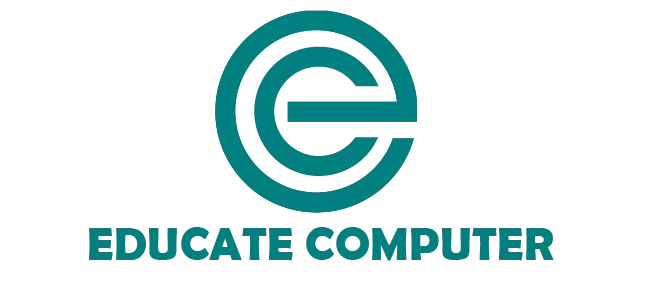Here you will find the most important 11th class Computer Science solved exercise MCQs with answers from the third chapter (Data Communication). All the correct answers have been highlighted in blue colour. These class 11th computer science MCQs are special because they’re created by experienced teachers who know exactly what you need to learn.
1st Year Computer Chapter 3 MCQs With Answer
Here are the mcqs of Chapter 1 Data Communication:
1. Microwave transmission, Coaxial cables, and fiber optic cables are examples of:
a. Modems
b. Communication links
c. Gateways
d. Ring Network
2. Data communication only requires:
a. Sender
b. Receiver
c. Transmission Medium
d. All of the above
3. BIT stands for:
a. Binary integer
b. Binary digit
c. Binary interval
d. None
4. Communication between a computer and keyboard is_________transmission.
a. Simples
b. Half-duplex
c. Full-duplex
d. Auto
5. The_____is the physical path over which a message travels.
a. Protocol
b. Medium
c. Signal
d. All
6. An example of non-numerical data is:
a. Address
b. Marks
c. Bank balance
d. Roll No
7. The chart, graph, pictures, and freehand drawing are examples of:
a. Image data
b. Audio data
c. Numeric data
d. Text data
8. The music and speech represent:
a. Image
b. Audio
c. Numeric
d. Text
9. Which of the following types of data is used to display actions and movement?
a. Audio
b. Video
c. Image
d. Text
10. Which type of data consists of words, sentences, and paragraphs?
a. Text
b. Audio
c. Numeric
d. Video
11. Which of the following is NOT a coding scheme to represent data in a computer?
a. Unicode
b. ASCII
c. Bilateral code
d. EBCDIC
12. What binary bits are used to encode digital data?
a. Os
b. 1s
c. 0s and 1s
d. O to 9
13. Each set of bit patterns is called:
a. Code
b. Unicode
c. Coding
d. ASCII
14. BCD code is a______bit code.
a 4-bit
b. 6-bit
c. 7-bit
d. 8-bit
15. Which of the following coding schemes uses a 4-bit code?
a. ASCII
b. EBCDIC
c. BCD
d. Unicode
16. Which of the following coding schemes is used by IBM?
a. ASCII
b. EBCDIC
c. BCD
d. Unicode
17. How many characters can ASCII 7-bit code represent?
a. 128
b. 256
c. 500
d. 364
18. How many characters ASCII 8-bit code can represent?
a. 128
b. 256
c. 500
d. 364
19. Unicode uses:
a. 16-bit
b. 32-bit
c. 64-bit
d. 132-bit
20. How many characters can Unicode represent?
a. 65,536
b. 10,000
c. 15,000
d. 500
21. How many modes of data communication are available?
a. 1
b. 2
c. 3
d. 4
22. Which of the following is not a data communication mode?
a. Simplex
b. Half-duplex
c. Full-duplex
d. Auto
23. The transmission that allows data to move only in one direction at a time is called:
a. Half-duplex
b. Simplex
c. Full-duplex
d. Duplex
24. The mode that is like a two-way street with traffic flowing in both directions at the same time is called:
a. Simplex transmission
b. Full Duplex transmission
c. Half Duplex transmission
d. Duplex transmission
25. The transmission in which data can be received and sent simultaneously is called.
a. Simplex
b. Full-duplex
c Half-duplex
d. Duplex
26. A telephone conversation is an example of:
a. Full-duplex transmission
b. Half-duplex transmission
c. Simplex transmission
d. Duplex transmission
27. Television and radio broadcasts are examples of:
a. Full-duplex transmission
b. Half-duplex transmission
c. Simplex transmission
d. Duplex transmission
28. Internet surfing is an example of:
a. Simplex transmission
b. Half duplex transmission
c. Full duplex transmission
d. Duplex transmission
29. Which transmission allows data to travel in one direction at a time?
a. Simplex transmission
b. Half Duplex transmission
c. Full Duplex transmission
d. Duplex transmission
30. The conversation over a walkie-talkie radio is an example of:
a. Full-duplex transmission
b. Half-duplex transmission
c. Simplex transmission
d. Duplex transmission
Also Read:
